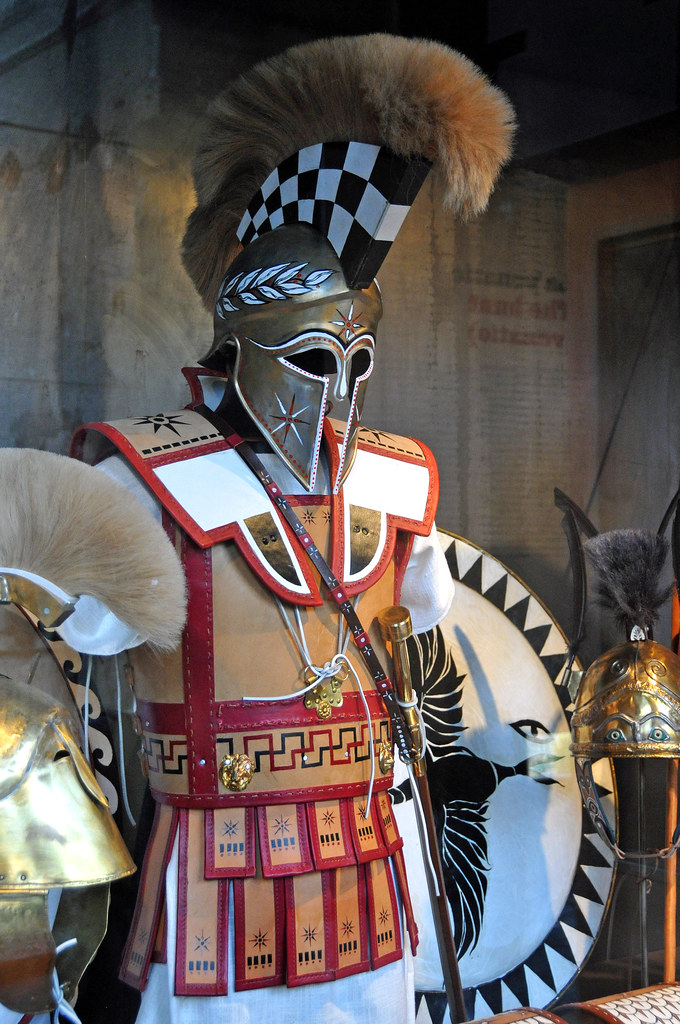With the establishment of the Roman Republic in 509 B.C. came the need to protect the public against hostility relating to their homes and families. Fortunately for the Romans, they already had a set baseline from which they could outline their own set of criminal laws. These laws had been adopted from the Greeks who preceded them and expanded upon to suit the newly-established Republic’s needs. From here ‘the Twelve Tables’ was founded. The whole process of, first, transmitting existing laws from the Greeks then writing up and editing the final manuscript took about 20 years to complete, but in 451 B.C. ‘the Twelve Tables’ was ready for publication. It’s four basic principles were as follows:
1) killers would be punished by falling to their death from the Tarpeian cliff located on the Peloponnesian mainland
2) Arsonists would be burned alive
3) Thieves would be hanged
4) Others would either be clubbed to death or hanged
‘The Twelve Tables’ also assisted in breaking some long-standing social barriers on top of keeping peace among the people. One of the main social barriers that was broken as a result of the new code of laws is the intermarriage between the upper and lower classes.
Every schoolchild from its inception until the Roman Republic’s collapse in 27 B.C. was mandated to learn ‘the Twelve Tables’ by heart. It was hugely influential to other ancient nations as well. Throughout the centuries that followed, Roman legions carried the constitution to all neighbouring nations during their travels.
Trial
From this law code the Romans developed a recognizable legal system that still remains the bread and butter of today’s courts in the Western world. The trial, itself, was open to the public whereby all who witnessed the trial could voice their opinions. Public opinions were always taken into consideration and popular vote ultimately decided the fate of the defendant. Key players, such as prosecutors and defence lawyers were, for the first time in history, used to present their cases for or against the accused through the presentation of physical evidence. Roman accused were also allowed to appeal their first conviction at a second review of their case by a judge, which was forbidden in ancient Greek society.
The trial period and penalty phase didn’t last long, no more than a couple days. Shortly thereafter the accused was given his sentence. If his sentence was death, no matter the method, the guilty would be stripped naked before his scheduled execution. Executions were public affairs for male criminals. For women, though, to protect their dignity, their executions were done in private.

Imprisonment was rarely used, except in cases where a person was in debt and could not, or refused to pay the creditors back. Imprisonment lasted 60 days after which the amount owing was publicly displayed on three separate days. If the debt could not be cleared by the third day, the individual would either be sold into slavery or executed.
Policing
The Roman army acted as the police force for the entire Empire. Whenever a crime was reported to the governor Roman soldiers close to the area of the disturbance were dispatched to investigate and suppress the criminal activity. Many times, though, policing efforts were inadequate because of limited manpower. When Augustus became Emperor in 27 B.C., his first priority was to establish a well-built, organized, and well-resourced police force. He created a police system comprising of three independent agencies.
1. Praetorian Guards: 4,500 Roman soldiers headed by two police chiefs. Carried with them swords and were charged with the duty of keeping political peace.
2. Urban Cohort: 3,000 military personnel who were ordered to patrol city streets during daylight hours.
3. Vigiles: an army of 7,000 freed slaves ordered to take over the Urban Cohort’s duty once night set in. In addition to fighting street crimes the vigiles were also dispatched to fight fires.

As an additional layer of protection at home, Romans used dogs or geese to keep watch over their families. And, in some front yards Roman homeowners erected mannequins to ward off potential home invaders.
Post- Republic
‘The Twelve Tables’ held the most power until 4 A.D. After that the battle between the Roman Empire, which was founded in 27 B.C, and the Christians began, lasting three more centuries until Emperor Constantine (272 A.D -337 A.D) came into power and converted into Christianity. Following Constantine’s death, most of the emperors who succeeded him were Christian.
Emperor Justinian (483 A.D. – 565 A.D.) modernized the, by that point, ageing law book into a more straightforward version fit for the 6th-century A.D. He saw the need to reduce the number of laws found in the original draft and to arrange them into a better-structured list. In 518 A.D. he employed a distinguished lawyer named Tribonian to oversee the revision. Under his and Justinian’s supervision, ‘the Twelve Tables’ was simplified from the original 3 million line code to just 150,000 lines. Unnecessary and/ or contradictory law were deleted. More focus was applied to streamline the sections governing property matters and inheritance to eliminate the power extended families had over these issues. In 533 A.D. the revision of ‘the Twelve Tables’ was complete and was renamed the ‘Digest’.
Conclusion
In the centuries following Roman rule, its legacy as the father of the modern legal system hasn’t died down. Early Medieval law (6th – 9th century A.D.) was shaped from its Roman predecessor’s interpretation of the law. Modern law enforcement has also adopted the Roman idea of having dogs as protection in the form of creating specialized K9 units in areas where the crime rate is high.


